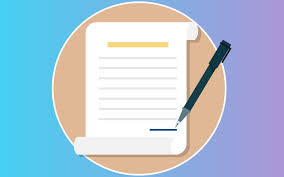Tips for Sending Pre-Qualification and Pre-Approval Letters
Real estate agents and home sellers often want to see a mortgage pre-qualification or mortgage pre-approval letter when they are considering an offer. This letter will show them that you’ve been working with a mortgage lender to understand how much money you can afford to spend on a home and will help you to stand out in the competition.
But getting a pre-qualification does not necessarily mean that you’ll get approved for a loan. You will still need to meet with your chosen lender and provide them with documentation that they can verify the information you provided them during the pre-qualification process.
If you are not approved for a loan, you will need to find another lender or contact your current lender to discuss how to fix the problem. Talking to your lender will give you a better understanding of what went wrong and what you can do to improve your credit score.
A pre-approval letter is a more formal letter that outlines the amount you’re likely to receive for your loan and the terms of the loan, including interest rate, down payment amount, and other details. It’s more valuable to sellers because it shows that you’re serious about buying a home and has been verified by a mortgage lender.
Manually building, printing, and sending pre-qualification and pre-approval letters is a tedious and time-consuming task that can be done more efficiently. In addition to being prone to human errors, it also has the potential to cause delays in delivery. This is a significant problem in modern-day financial organizations because it can lead to increased stress, frustration, and tiredness among employees.



Comments
Post a Comment